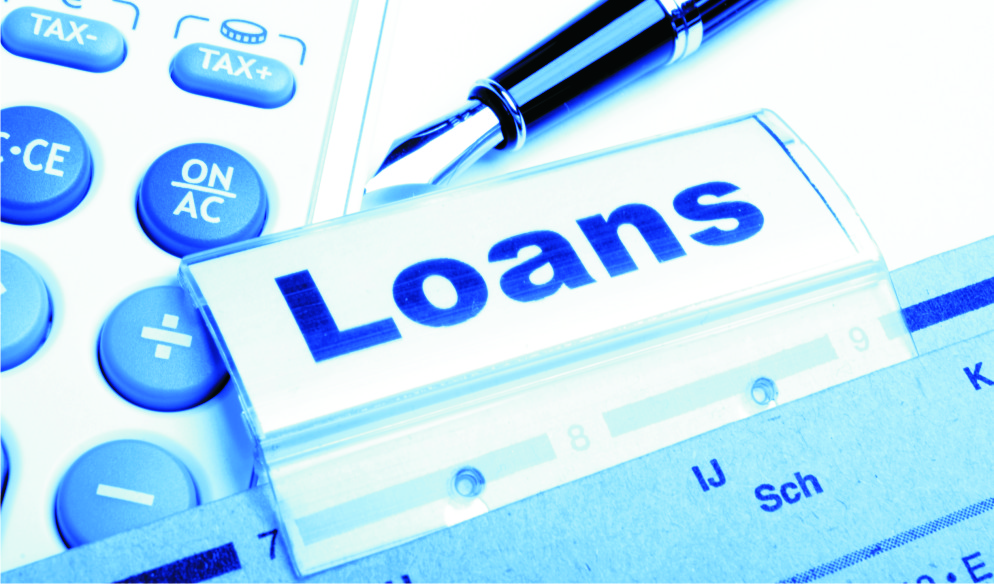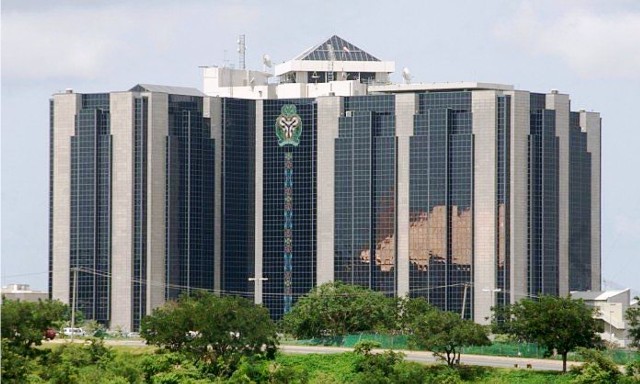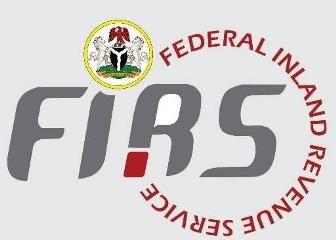Business
Bank Loans Hit N26.41trn In 2019

A significant increase on credit offered by banks to the private sector has been recorded as bank loan rose from N22.94 trillion in January 2019 to N26.41 trillion as of November 2019.
This is an increase of 15% (N3.47 trillion), according to analysis of data published by the Central Bank of Nigeria (CBN), recently.
In recent years, the CBN has continued to compel banks to boost their credit to the real sector of the economy.
Analysis of data published by the apex bank revealed that the loans increased by N3.46 trillion in 2019 , between January and November, 2019.
According to the report, at the end of November 2019, the total net domestic credit in the Nigerian economy rose from N28.65 trillion in January to N35.51 trillion. This means that the net domestic credit in the economy rose by N6.86 trillion or 23.9%.
Out of the total N35.51 trillion net credit in the domestic economy, credit to private sector rose to N26.4 trillion, while credit to government also rose to N9.10 trillion.
This shows that credit to private sector constitutes 74%, while credit to government constitutes 26% of the total net domestic credit.
– Advertisement –
During the year, credit to private sector hits the highest in December 2019, while credit to the government rose to the highest in October.
A closer look at the report shows that credit to government dropped by N1.35 trillion between October and December 2019.
Across the sectors, as at the end of September 2019, the oil and gas sector recorded the biggest gross domestic loan estimated at N4.50 trillion, followed by manufacturing N2.56 trillion and Government N1.34 trillion.
In 2019, the CBN increased the LDR for Deposit Money Banks (DMBs) twice from 55% to 60%, and later to 65%. In December 2019, several media reports revealed the plans of the CBN to increase the LDR to 70% in 2020.
According to the CBN, the major reason for the newly revised LDR was the noticeable “growth in the level of the industry gross credit”.
There were media reports last year that banks have continued to lower their lending and deposit rates as they struggled to comply with the apex bank’s December 31, 2019 deadline.
Already, criticisms have trailed the current 65% LDR ratio, as experts argue that it might increase the level of non-performing loans in the economy. For instance, the International Monetary Fund (IMF) recently disclosed that the balance sheets of banks would be weak due to the LDR’s directive from the CBN.
In an earlier report, the CBN stated that three banks failed to meet the 30% minimum liquidity ratio requirement of the apex bank.
With the 30% banks’ liquidity ratio, it means there is a limit the CBN can push banks to lend money by raising the LDR.
A look into the value of the Non-Performing Loans (NPL) across sectors showed that NPL in the agriculture, construction, and education among others hit N143.76 billion as at the end of September 2019.
Business
PENGASSAN Tasks Multinationals On Workers’ Salary Increase

Business
SEC Unveils Digital Regulatory Hub To Boost Oversight Across Financial Markets

Business
NAFDAC Decries Circulation Of Prohibited Food Items In markets …….Orders Vendors’ Immediate Cessation Of Dealings With Products

Importers, market traders, and supermarket operators have therefore, been directed to immediately cease all dealings in these items and to notify their supply chain partners to halt transactions involving prohibited products.
The agency emphasized that failure to comply will attract strict enforcement measures, including seizure and destruction of goods, suspension or revocation of operational licences, and prosecution under relevant laws.
The statement said “The National Agency for Food and Drug Administration and Control (NAFDAC) has raised an alarm over the growing incidence of smuggling, sale, and distribution of regulated food products such as pasta, noodles, sugar, and tomato paste currently found in markets across the country.
“These products are expressly listed on the Federal Government’s Customs Prohibition List and are not permitted for importation”.
NAFDAC also called on other government bodies, including the Nigeria Customs Service, Nigeria Immigration Service(NIS) Standards Organisation of Nigeria (SON), Nigerian Ports Authority (NPA), Nigerian Maritime Administration and Safety Agency (NIMASA), Nigeria Shippers Council, and the Nigeria Agricultural Quarantine Service (NAQS), to collaborate in enforcing the ban on these unsafe products.
-

 Business3 days ago
Business3 days agoCBN Revises Cash Withdrawal Rules January 2026, Ends Special Authorisation
-
Business4 days ago
Shippers Council Vows Commitment To Security At Nigerian Ports
-

 Business4 days ago
Business4 days agoNigeria Risks Talents Exodus In Oil And Gas Sector – PENGASSAN
-

 Business3 days ago
Business3 days agoFIRS Clarifies New Tax Laws, Debunks Levy Misconceptions
-
Sports3 days ago
Obagi Emerges OML 58 Football Cup Champions
-

 Politics3 days ago
Politics3 days agoTinubu Increases Ambassador-nominees to 65, Seeks Senate’s Confirmation
-
Business4 days ago
NCDMB, Others Task Youths On Skills Acquisition, Peace
-

 Sports3 days ago
Sports3 days agoFOOTBALL FANS FIESTA IN PH IS TO PROMOTE PEACE, UNITY – Oputa

